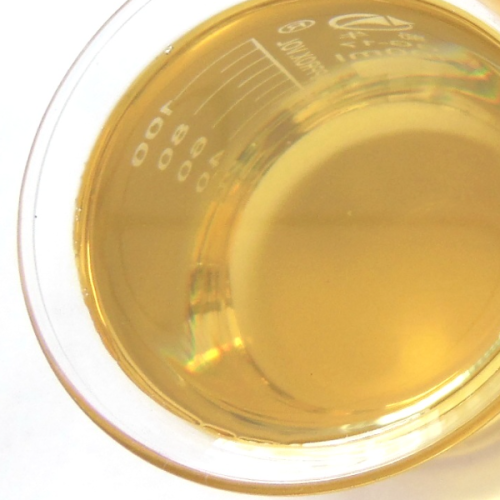Latest News
-
Features and Applications of Polyaspartic (PAE) ResinKnowledge15 Nov, 2024
Polyaspartic elastomers are a novel, slow-reacting, high-performance, and non-yellowing aliphatic coating material that has recently emerged in the polyurea industry. Known as the third generation of polyurea, Feiyang's polyaspartic resin is a solvent-free, transparent liquid modified with aliphatic secondary diamines (terminal amino group polyether) and is also called PAE resin. It can react directly with NCO-containing triisocyanates (either aromatic or aliphatic) or blend with hydroxyl-containing polyester and acrylate resins before reacting with NCO isocyanates to form SPUA polyurethane elastomer coatings.
Learn More -
How Does Polyaspartic Resin Differ from Epoxy Resin?Knowledge15 Nov, 2024
Polyaspartic resin, an aliphatic compound with amino-active groups, derives its name from its unique aspartic acid structure and typically exists in a liquid state. Epoxy resin, a well-known polymer, contains multiple epoxide groups and can exist in either liquid or solid form.
Learn More -
Ten Reasons Why Polyaspartic Is Superior to Traditional Waterproof MaterialsKnowledge15 Nov, 2024
Polyaspartic outperforms traditional waterproof materials with its exceptional durability, high tensile strength, and superior adhesion, providing long-lasting, crack-resistant protection. It offers broad temperature resistance from -20℃ to 120℃, ensuring effectiveness in extreme weather, and its excellent UV and weather resistance eliminates the need for additional protective layers. Polyaspartic is environmentally friendly, with zero VOC emissions and a 100% solid content, making it safer and reducing fire risks. Its fast curing speed and versatile application methods improve construction efficiency, and it can be applied directly over old waterproof layers, simplifying renovation processes.
Learn More -
What is the Composition of Polyurea and Polyaspartic?Knowledge15 Nov, 2024
By selecting different primary diamine compounds to react with maleates, a series of polyaspartic derivatives with varied strengths, gel times, and properties can be obtained. The tensile strength and elongation of polyaspartic materials also vary greatly when different types of polyaspartic are reacted with HDI trimers with 20.5%-21.5% NCO content.
Learn More -
What are High-Solids Eco-Friendly Coatings?Knowledge15 Nov, 2024
High-solids coatings are coatings with high solid content and relative molecular weight, often abbreviated as HSC (High-Solids Coating). These coatings typically have a solid content of 65%, 85%, or even higher. The most environmentally friendly high-solids coatings are solvent-free. High-solids coatings are widely used in industries such as light manufacturing, handicrafts, textiles, electromechanical equipment, instrumentation, and engineering machinery coatings.
Learn More -
How to Distinguish Between Polyurea and Epoxy Grout Sealants?Knowledge15 Nov, 2024
In the diverse market of grout sealants, distinguishing between polyurea and epoxy variants can be challenging. Here are some insights from Feiyang: Before Application: Experienced users can differentiate by scent; polyurea emits a milder and more characteristic odor compared to epoxy. Using pH test strips to check the alkalinity of Component A can provide useful information. Alkaline readings typically indicate polyurea, while non-alkaline readings suggest other types of sealants. Mixing a known epoxy B component with the B component of the sealant under evaluation can reveal polyurea; if a heat-generating, gel-forming reaction occurs, it indicates polyurea.
Learn More







